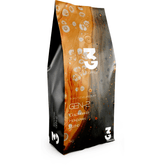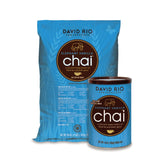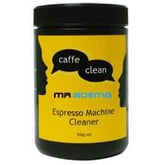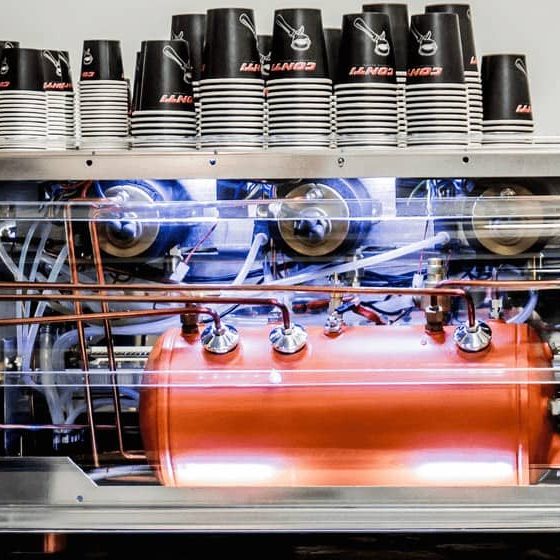Mastering the Art of Frothing Milk for the Perfect Coffee
G'day, coffee enthusiasts! As we've emphasized in our previous blogs, consistency is the name of the game when it comes to brewing a top-notch cup of coffee. Today, we're diving into the last crucial step: Frothing Milk. We've already covered crafting the perfect espresso shot and how tamping with the right tools can elevate your coffee game. In this read, we'll explore the world of frothing milk and how it can make or break your coffee experience.
These days, there's a plethora of milk options, from full cream to almond milk and various brands in between. Each of these milks froths differently and has its own unique heat requirements, as we'll get to in a moment. But here's the scoop: no two milks are the same. We're not advocating for any specific milk, but one thing's for sure—the quality of the milk you choose can significantly impact the result of your coffee.
Now, let's delve into some essential considerations when frothing milk:
1: Right Cup, Right Jug Using the correct amount of milk for your cup size is absolutely crucial. What does this mean? For instance, if you're preparing an 8oz cup, grab a 150ml or 200ml milk jug. This way, you avoid wastage while ensuring your milk turns out silky-smooth. A velvety milk texture allows you to pour a coffee that's not just delicious but also visually appealing.
2: The Art of Creating a Vortex When frothing milk, aim to create a vortex. This swirling motion combines and stretches the milk, allowing the proteins to meld together. The result? A silky-smooth and glossy texture without those pesky large bubbles that can ruin your coffee's taste.
3: Temperature Matters The ideal milk temperature depends on the type of milk you're using. Here are some temperature ranges as a guideline:
- Full cream, Skim & Light milk – Heat to around 65 degrees.
- Almond, Oat, Soy, Coconut, Macadamia & Lactose-Free Milk (Alternative Milks) – Aim for 55 degrees.
Why the lower temperature for alternative milks? Well, it's all about consistency. These milk alternatives tend to have a lower boiling point than regular milk.
These three factors—jug size, creating a vortex, and nailing the right temperature—can be the difference between serving a top-quality coffee or one that doesn't quite hit the mark. If the frothing milk element isn't in harmony with your espresso shot, it can alter the taste profile and potentially influence how your customers perceive your coffee blend.
So, whether you're a barista or a home brewer, remember that frothing milk is an art in itself. The next time you're preparing your coffee, pay attention to these milk-frothing techniques, and you'll be well on your way to crafting coffee perfection.
Cheers to frothy, silky-smooth coffee!












